The James Webb Space Telescope (JWST) has once again expanded our understanding of the universe, uncovering a hidden galaxy concealed behind a swirling cloud of cosmic dust known as the “Cosmic Tornado.” This discovery offers a rare glimpse into the early stages of galaxy formation, challenging current astronomical theories about how galaxies evolve in the depths of space.
What Is the Cosmic Tornado?
The Cosmic Tornado is a massive structure of interstellar gas and dust that twists and swirls like a storm in space. Scientists believe it is shaped by a combination of intense gravitational forces, supernova explosions, and interactions between galaxies. This dense, rotating cloud has long obscured what lies beyond it, making it difficult for previous telescopes to observe any hidden celestial objects.
However, the James Webb Space Telescope’s powerful infrared capabilities have allowed astronomers to peer through the thick dust, revealing a galaxy that has remained unseen until now.
A Hidden Galaxy From the Early Universe
The newly discovered galaxy appears to be one of the oldest and most distant ever observed, dating back over 13 billion years—just a few hundred million years after the Big Bang. This suggests that galaxies may have formed much earlier than previously believed, reshaping our understanding of the early universe.
Key Discoveries From JWST’s Observation:
Unveiling the Invisible: JWST’s infrared instruments allowed it to see through cosmic dust, revealing hidden celestial structures.
Ancient Origins: The hidden galaxy is estimated to be over 13 billion years old, making it one of the earliest known galaxies.
Unexpected Formation: Unlike most early galaxies, which are often small and irregular, this one shows signs of a more structured formation, hinting at faster galaxy evolution than expected.
What This Means for Astronomy
This discovery is significant for several reasons:
✅ Challenges Existing Cosmology: The presence of a structured galaxy so early in the universe suggests that galaxies may have formed faster than previously thought.
✅ New Insights Into Cosmic Dust: The finding highlights how much of the universe remains hidden behind cosmic dust, emphasizing the need for infrared telescopes like JWST to explore beyond visible light.
✅ A Deeper Look Into the Big Bang Era: Studying this hidden galaxy will help astronomers refine their understanding of the formation of stars, black holes, and the earliest cosmic structures.
What’s Next?
Astronomers plan to conduct follow-up studies using JWST’s NIRSpec and MIRI instruments to analyze the chemical composition and star formation rates in this ancient galaxy. They hope to determine whether it contains Population III stars, which are thought to be the first generation of stars that formed after the Big Bang.
Final Thoughts
The James Webb Space Telescope continues to revolutionize space exploration, revealing hidden galaxies, rewriting cosmic history, and bringing us closer to understanding the origins of the universe. As it peers deeper into space, who knows what other cosmic secrets await discovery?
Stay tuned for more groundbreaking insights from JWST’s ongoing mission!

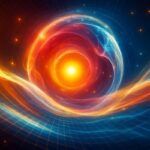
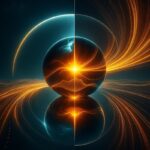
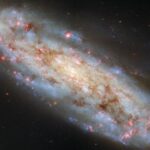

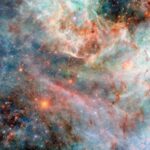


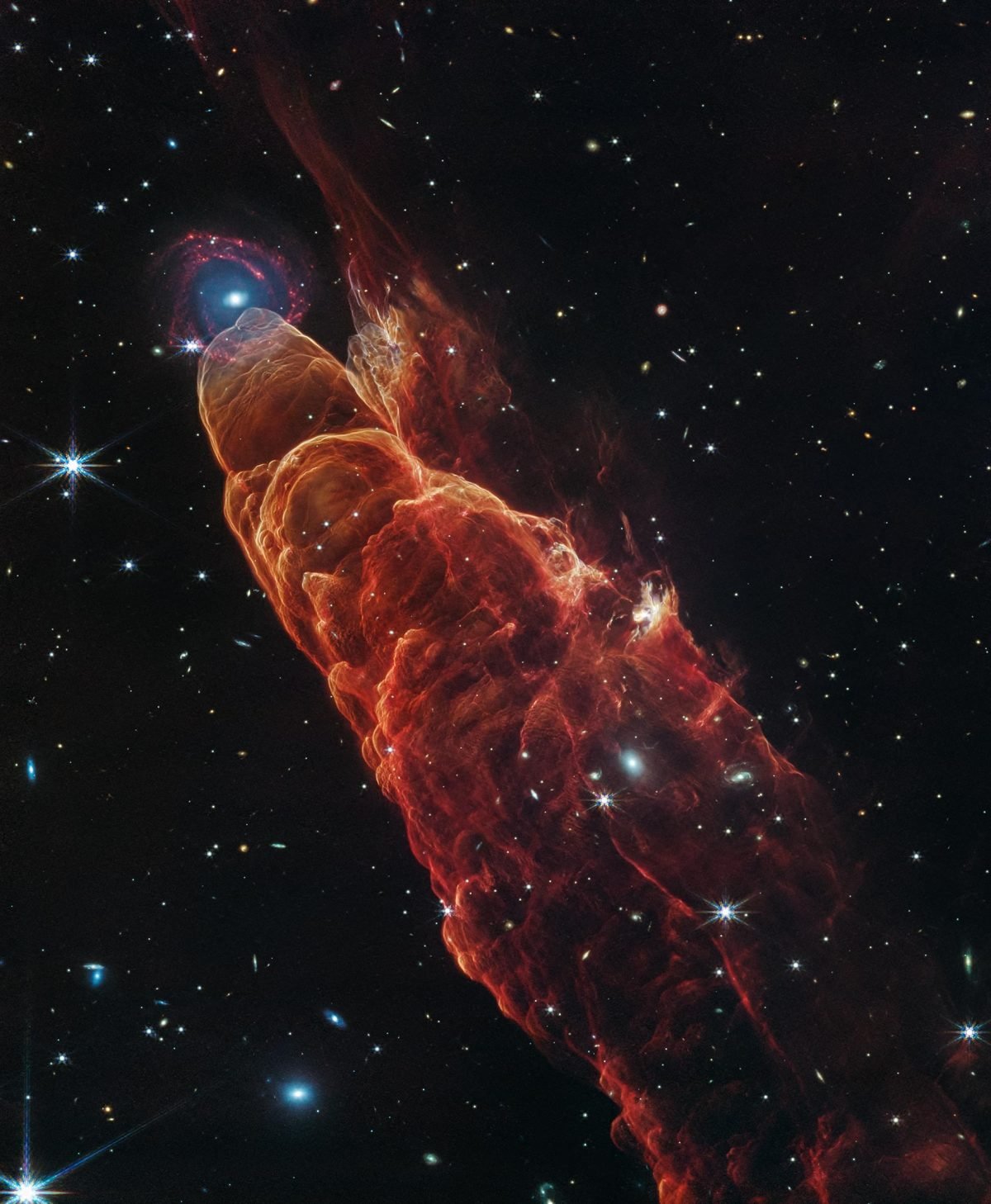
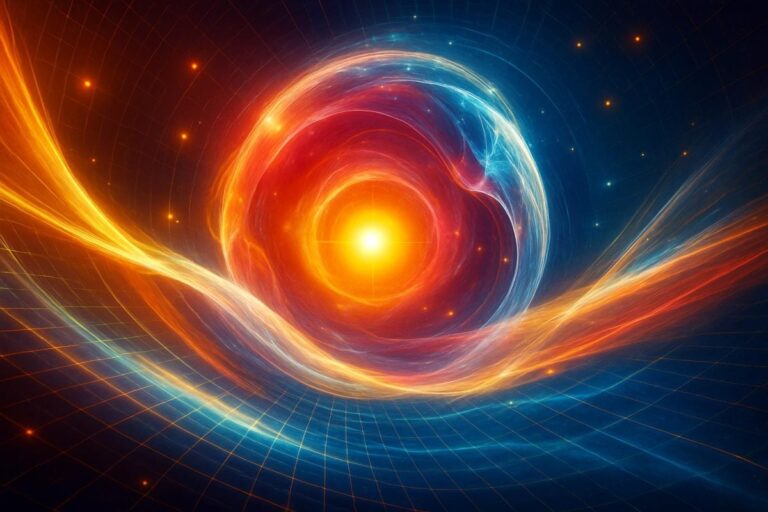
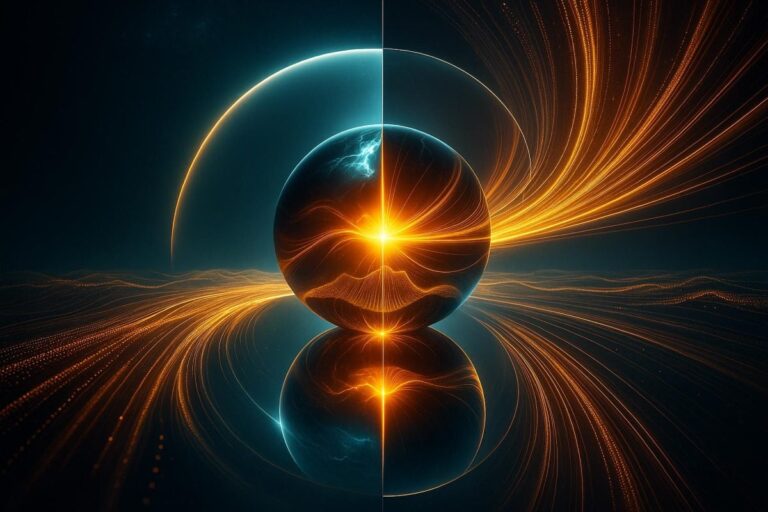
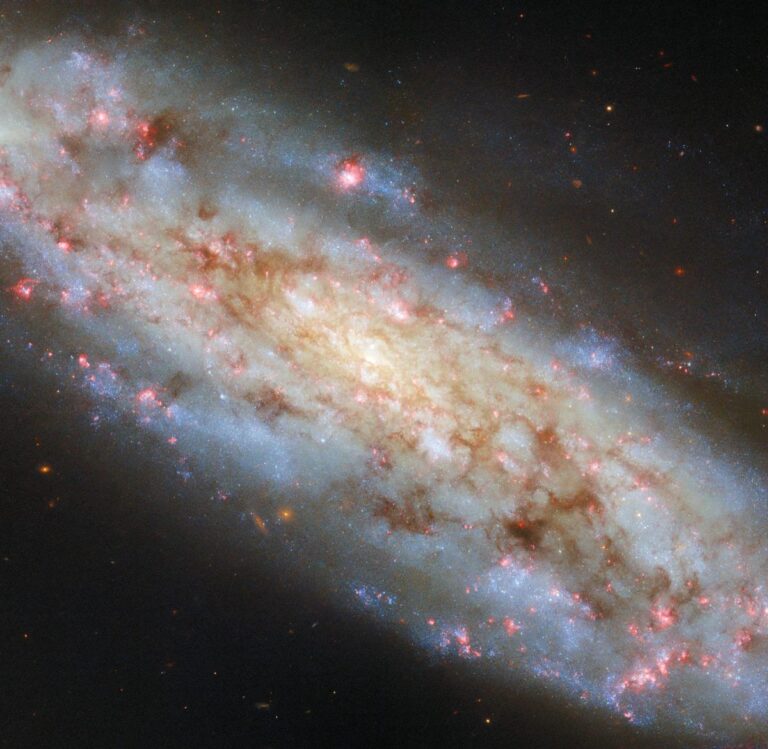





+ There are no comments
Add yours